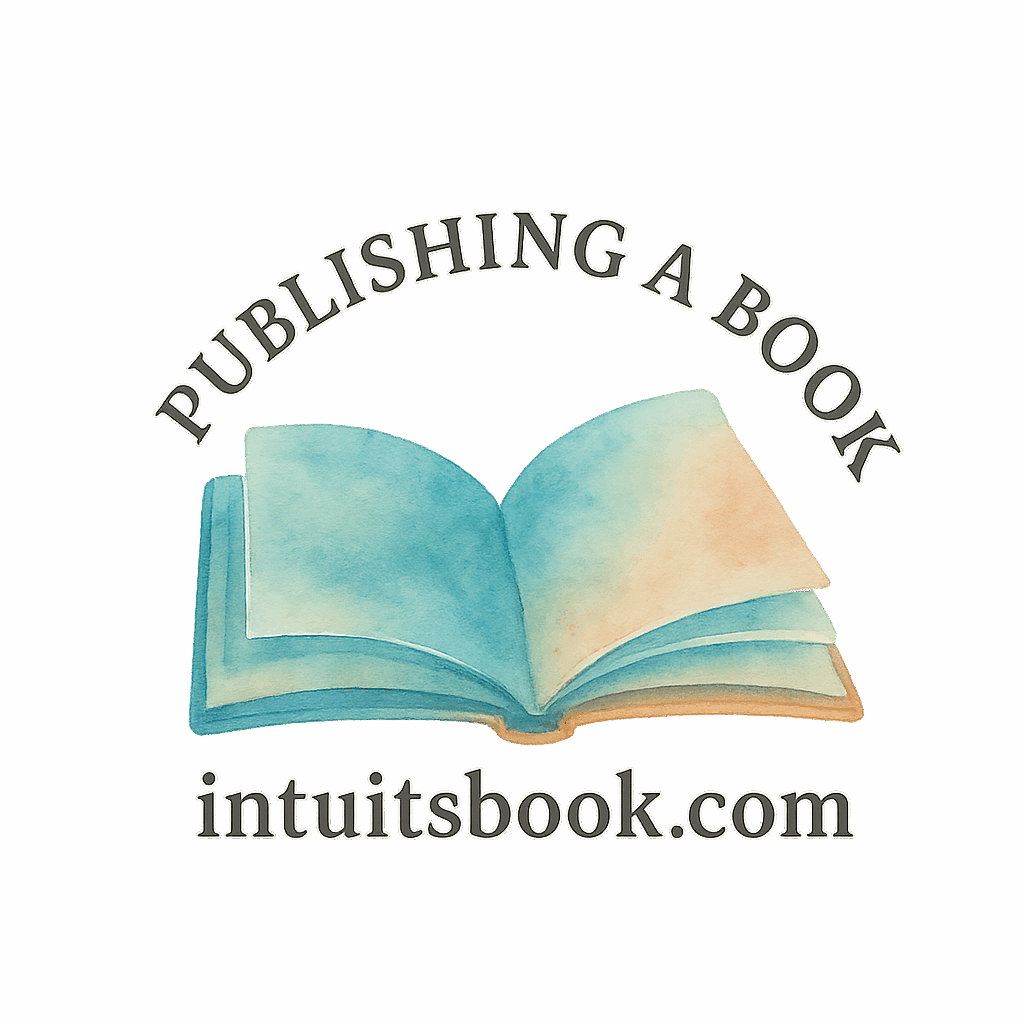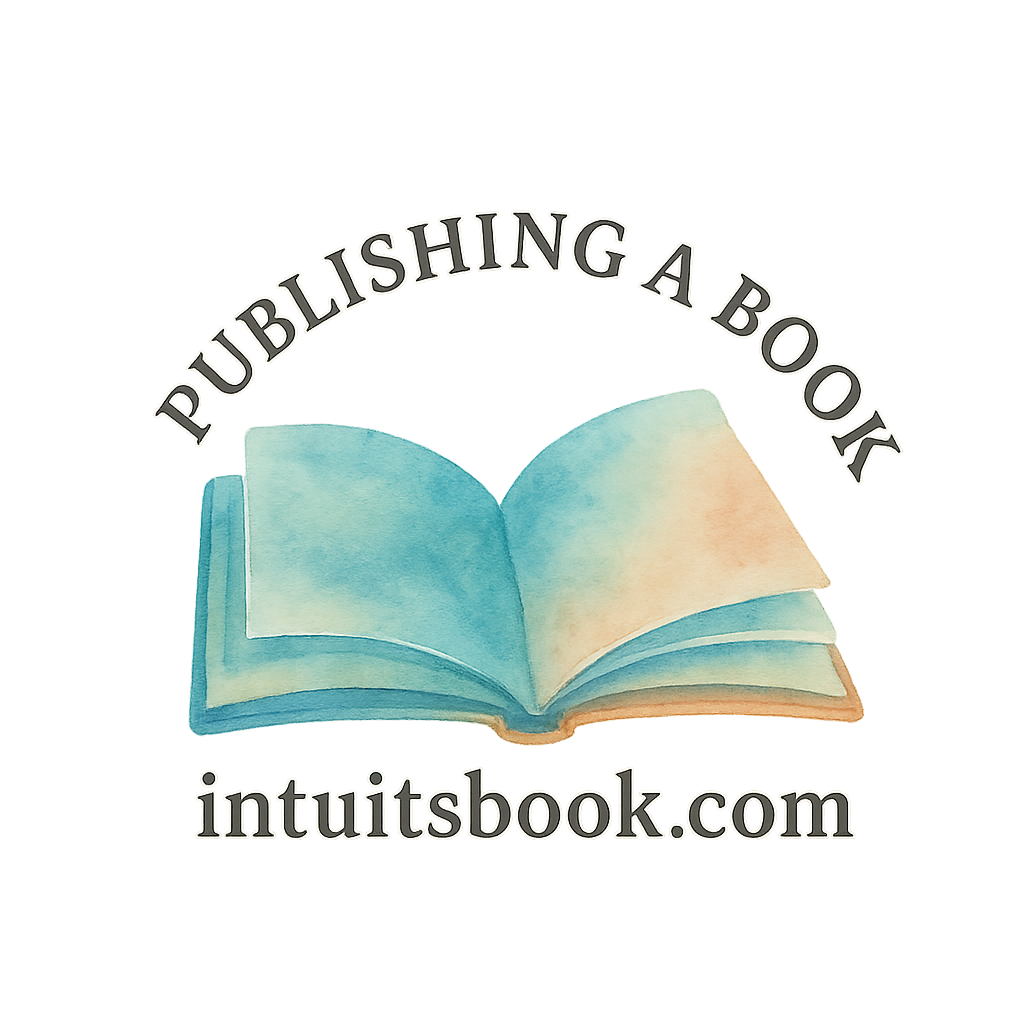Self-publishing has opened the doors for writers everywhere to take control of their own destiny. No gatekeepers. No long waits. No rejection slips. Just you, your book, and your audience. But hold up—before you hit “publish,” there are some crucial pitfalls that could sabotage your success.
Let’s dive into the 9 mistakes new authors make when self-publishing a book—and how to avoid them like a pro.
Why Self-Publishing is Booming
Thanks to platforms like Amazon KDP, IngramSpark, and Draft2Digital, self-publishing is more accessible than ever. You can now reach global readers without begging a traditional publisher to say “yes.”
But with great power comes great responsibility. And a lot of self-published books sink—not because they’re bad—but because they made rookie errors along the way.
Explore more about the pros and cons of publishing paths at Intuitsbook’s Self-Publishing Guide.
The Importance of Avoiding Rookie Mistakes
New authors often underestimate what goes into creating a professional book. From writing to design, editing to marketing, it’s not just about typing “The End.” It’s a full business process. So, let’s break down the most common mistakes.
1. Rushing the Writing Process
Skipping Revisions
One major slip-up? Thinking your first draft is your final draft. It’s not.
Writing a book takes time, and so does rewriting. Even bestselling authors go through multiple drafts. Rushing through this step is like building a house without checking the foundation.
Learn more about the art of rewriting in the Writing Process Section of Intuitsbook.
Ignoring Feedback
Beta readers, critique partners, and editors aren’t just for looks. They catch what you miss. If you’re too close to your manuscript, you’ll gloss over awkward phrasing, plot holes, or character inconsistencies.
2. Not Investing in Professional Editing
The Myth of “Editing It Yourself”
Sure, you can run it through Grammarly. But that won’t replace a seasoned editor who can polish structure, pacing, tone, and grammar.
Self-editing is necessary, but not sufficient.
Why a Fresh Set of Eyes Is Essential
A professional editor will help your book meet publishing standards and avoid embarrassing errors. Remember—you only get one chance to make a first impression.
Check out resources on editorial tools and services on Intuitsbook.
3. Poor Cover Design Choices
DIY Covers Rarely Impress
We get it—you’re creative. But unless you’re a pro designer, leave this to the experts. A pixelated, confusing, or amateurish cover screams “self-published”—and not in a good way.
Your cover should:
- Look professional
- Fit the genre
- Stand out in thumbnails
The Role of First Impressions
Let’s be real—people judge books by their covers. If yours looks cheap, readers will assume the content is too.
Want more on book packaging? Visit Book Publishing Tools.

4. Weak Book Titles and Subtitles
Why Your Title Needs to Hook
Your title is your first marketing tool. It needs to grab attention, spark curiosity, and promise value.
SEO and Keyword Relevance
Subtitles should contain keywords that help search engines—and readers—understand your book’s topic. Especially crucial in non-fiction.
Explore publishing hacks for optimizing your book title and subtitle.
5. Inadequate Book Formatting
Print vs. Ebook Formatting
Formatting isn’t just about how your book looks—it affects readability. A poorly formatted ebook or print book will get returned, rated low, or worse—ignored.
Tools to Help Format Like a Pro
Consider Vellum, Atticus, or hiring a formatter. Good formatting ensures your book looks sharp on every device and in every bookstore.
Check out manuscript steps to get your file submission-ready.
6. Ignoring the Power of Book Marketing
Thinking “It’ll Sell Itself”
Even the best book won’t sell if no one knows it exists.
A lot of new authors skip book marketing entirely, believing that uploading it to Amazon is enough. It’s not. You need a strategy.
The Role of a Launch Strategy
Plan your launch like a product release. Use email campaigns, giveaways, social media, and ads.
Get insider tips from the Book Marketing Hub and free marketing tactics.
7. Overlooking Metadata and Categories
How Amazon Algorithms Work
Amazon’s algorithm is like a secret sauce. To make it work in your favor, your book must be properly categorized with the right metadata.
Picking the Right Keywords and Tags
Don’t just guess your categories. Use tools like Publisher Rocket and research what readers are searching for.
Dig into the sell books section to make smarter decisions.
8. Pricing Mistakes
Undervaluing Your Work
New authors often price their books too low out of fear. But cheap doesn’t always mean better.
Competing in the Wrong Price Range
Study your genre. What are similar books priced at? Use that as your guide—not your self-doubt.
For detailed strategies, visit publish book tips.
9. Skipping the Author Platform
Why You Need a Website and Mailing List
Without a platform, you’re starting from zero every time. A simple website and email list let you build momentum and connect with readers directly.
Explore how to develop your author career on Intuitsbook.
Social Media for Self-Published Authors
You don’t need to be everywhere—but you do need to be somewhere. Pick a platform that suits your audience and personality, and start building your tribe.
Check author education resources to help grow your presence online.
Final Thoughts: Lessons Learned the Hard Way
Self-publishing can be incredibly rewarding—but only if done right. These nine mistakes have sunk thousands of potential bestsellers. Now that you know them, you can avoid them and publish like a pro.
So don’t rush. Don’t cheap out. And don’t skip the learning curve. Your book deserves the best shot at success, and your readers deserve the best version of your work.
For more tools, insights, and guidance, check out Intuitsbook’s complete author resource hub.
FAQs
1. Is self-publishing better than traditional publishing?
That depends on your goals. Self-publishing offers more control and higher royalties, while traditional publishing offers prestige and broader distribution. Read more about traditional publishing.
2. How much does it cost to self-publish a book?
It varies. You could spend anywhere from $300 to $3000 depending on editing, cover design, formatting, and marketing.
3. Can I edit my book after it’s published?
Yes, but constant updates can confuse readers. Aim for a polished version before release.
4. Do I need an ISBN for self-publishing?
Most platforms provide one, but owning your ISBN gives you more control. Learn about publishing courses that explain this.
5. How can I promote my self-published book?
Use social media, book bloggers, newsletters, and Amazon ads. More tips at book promotion ideas.
6. Should I copyright my book before publishing?
In many countries, copyright is automatic once the book is written. But registering it offers legal protection.
7. Is it possible to switch from self-publishing to traditional later?
Absolutely. Some self-published authors land traditional deals after proving market demand.


